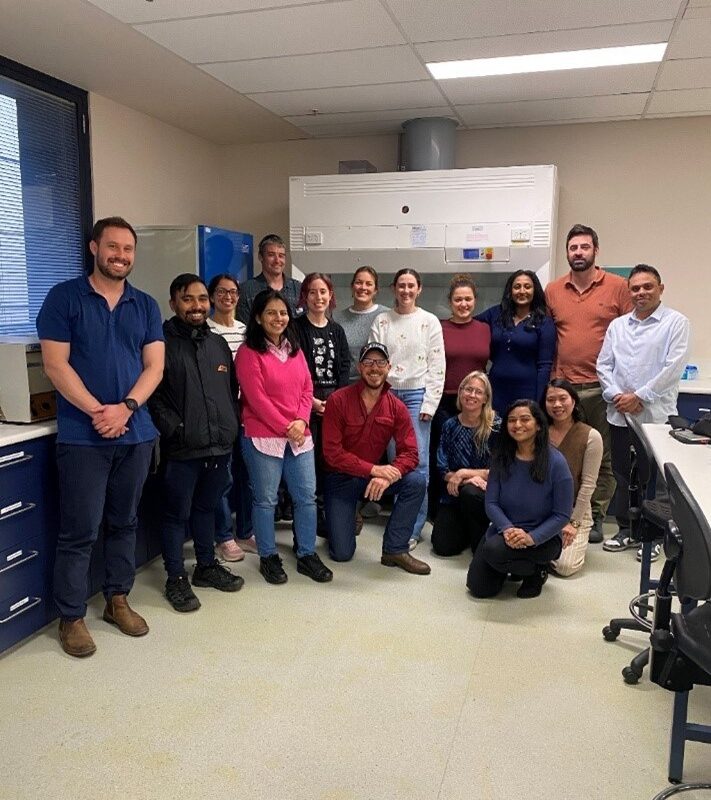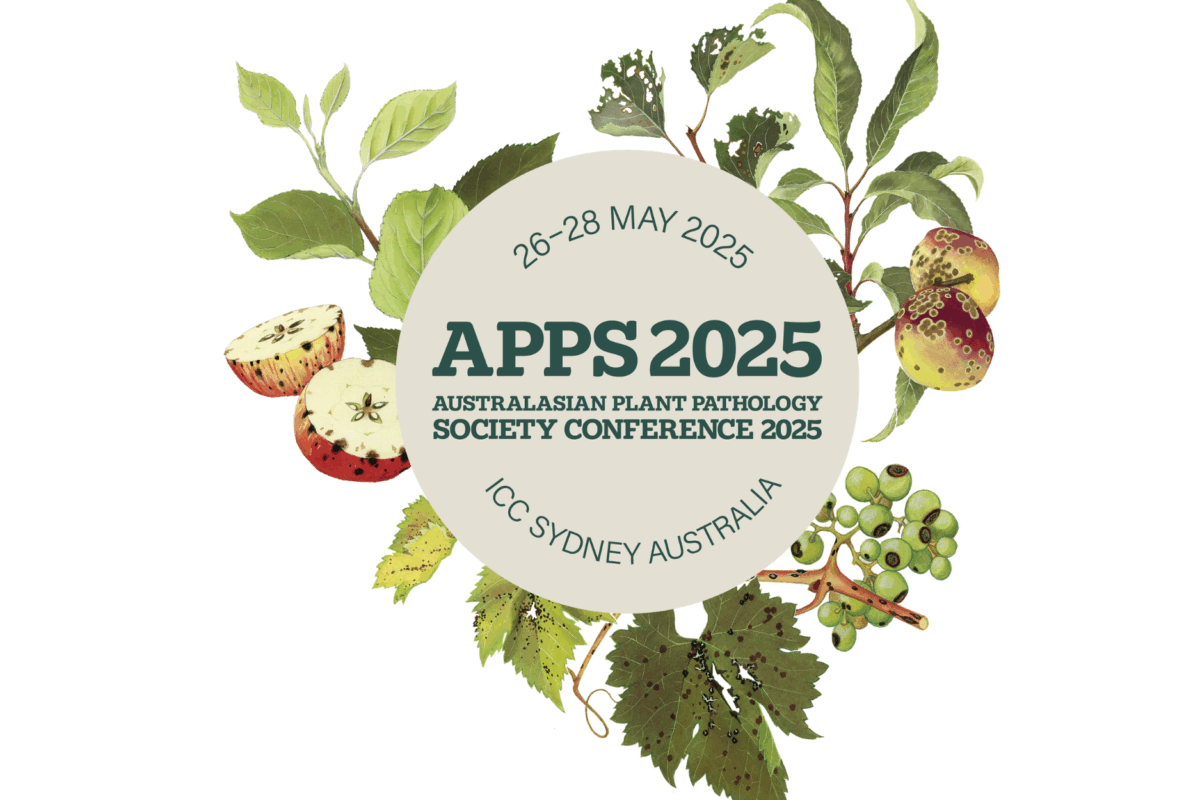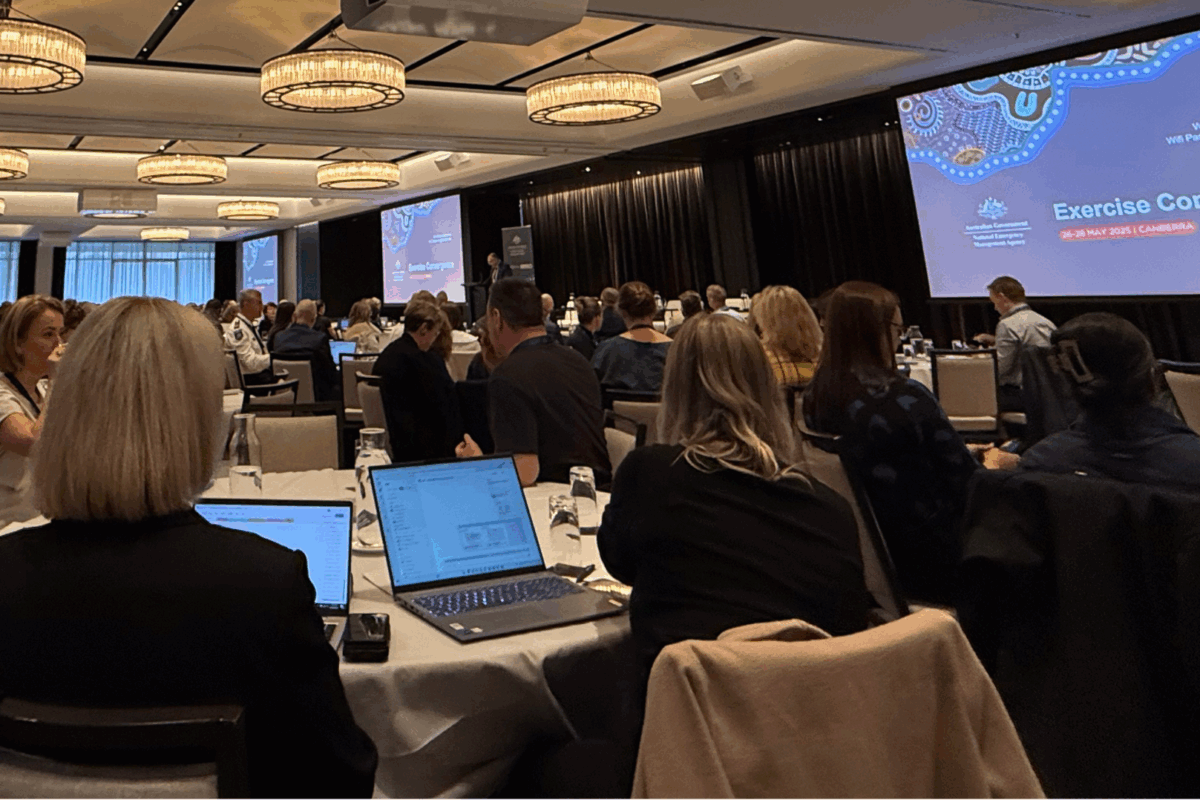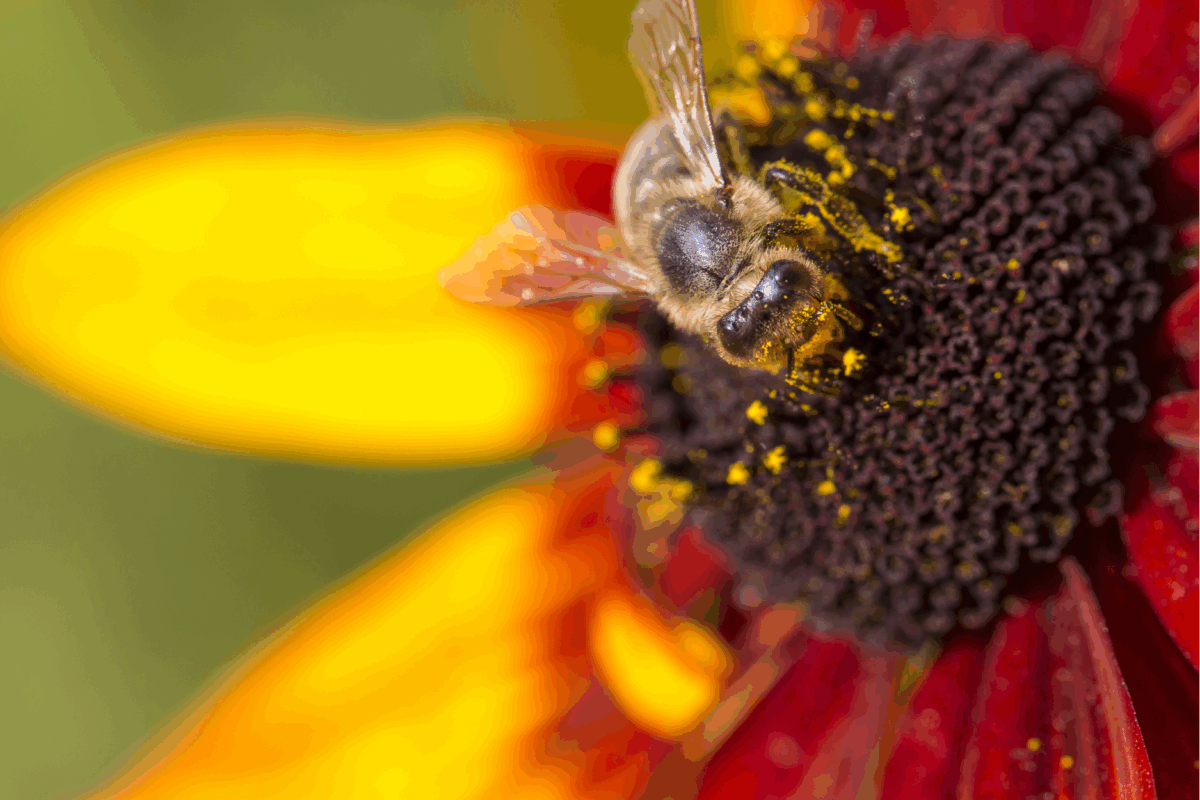National Fruit Fly Symposium helps set direction
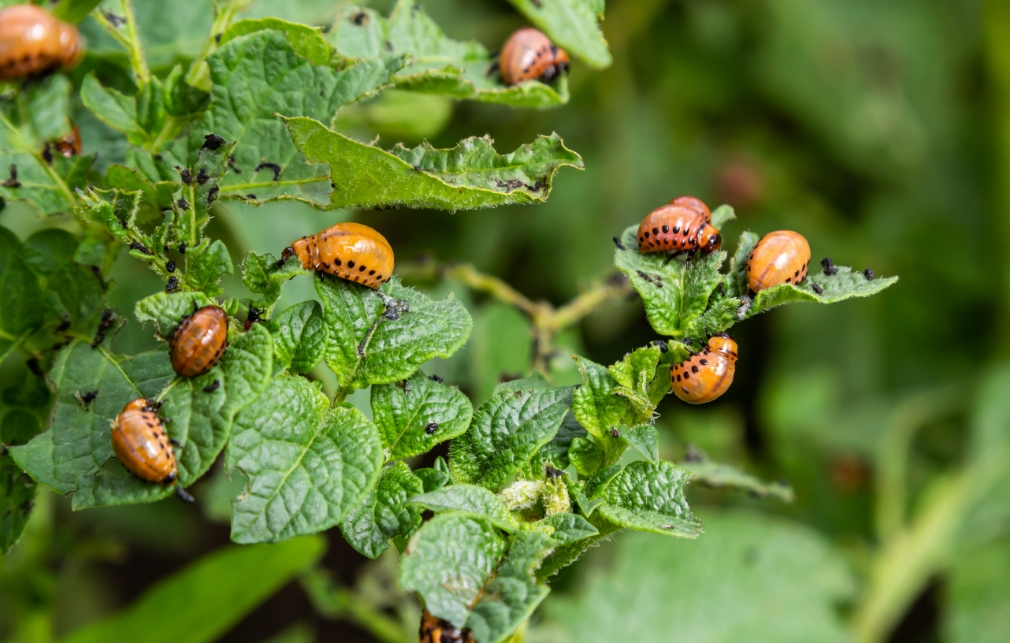
The quest to better manage fruit flies in Australia was the focus of a National Fruit Fly Symposium in Melbourne on 14-15 August 2018.
Around 90 people attended the symposium representing Australia’s horticultural industries, researchers, pest control advisers and government agencies.
Attendees considered current progress and future priorities for managing fruit flies, with a view to reviewing the National Fruit Fly Strategy to ensure it will meet industry needs and help guide Australia.
The Mediterranean fruit fly and Queensland fruit fly jointly threaten a substantial portion of Australia’s $9 billion horticulture sector. These two species attack and damage crops such as peaches, plums, nectarines, apricots, citrus, apples, pears, loquats, berries, grapes, olives, persimmons, tomatoes, capsicum, eggplant and mangoes.
Fruit fly outbreaks in areas that are normally free of these pests can cause millions of dollars a year in lost income and eradication costs. The impost of interstate and international quarantine conditions either limits market access opportunities or makes it more expensive.
Effectively managing this threat involves a cooperative approach between industries, governments and local residents. These efforts are supported by an extensive research program undertaken by universities, state governments, the CSIRO, commercial parties and industry groups.
At the National Fruit Fly Symposium updates were presented on:
- current fruit fly research, development, management and extension activities to help identify gaps and priorities
- future opportunities and market access aspirations for Australian horticulture and how these can guide fruit fly management
- recent activities to improve community engagement in fruit fly control and to get better extension of R&D outcomes
- the priority areas for future investment and effort, including research, market access, pest management and policy.
The National Fruit Fly Council manager, Darryl Barbour, said the key things that came out of the symposium were:
- confidence expressed in the range of tools to manage fruit flies
- support for ongoing efforts to protect Australia from exotic fruit flies such as the oriental fruit fly
- encouragement to continue improving control options, while ensuring that the efforts are applied on-the-ground
- highlighting the importance of Australia’s favorable pest status and minimising the spread and impact of fruit flies across the country
- the opportunity to improve management on the ground through better communication about tools, better evidence about approaches working in different regions and better community engagement.
Feedback from participants will become an input into a review of the National Fruit Fly Strategy.
Presentations from the symposium will be available on the web in the near future.

